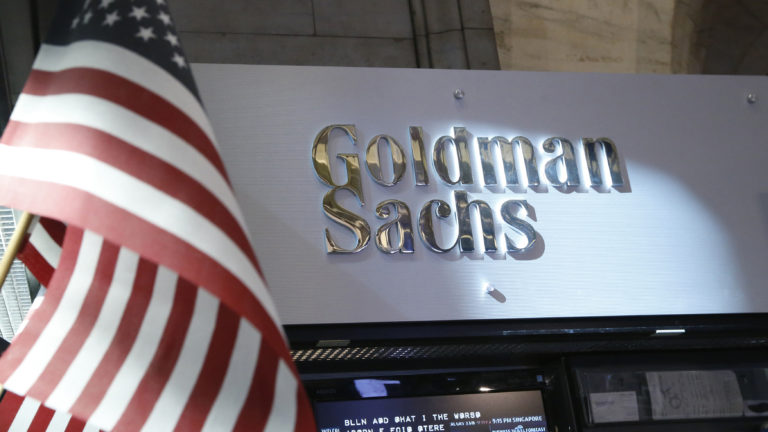By Selcuk Gokoluk Source: Bloomberg.com Many emerging market economies have begun to resemble developed markets as inflation rates fall and
By Selcuk Gokoluk
Source: Bloomberg.com
Many emerging market economies have begun to resemble developed markets as inflation rates fall and the risk of currency crises recedes, according to Goldman Sachs Group Inc.
The weakening relationship between emerging-market policy and U.S. rates suggests that Federal Reserve normalization is unlikely to result in a sharp hiking cycle by developing nations, Goldman Sachs analysts including Jan Hatzius and Jari Stehn wrote in a report.
Emerging-market policy makers face a quandary as growth has picked up sharply but rates are still low by historical standards, according to the report, which analyzes 15 central banks that target inflation and have floating exchange rates.
Here are some of the findings:
- Emerging-market monetary policy in this group of countries now resembles developed-market policy in important respects. Specifically, these central banks now focus much more on output and inflation gaps than on GDP growth or the exchange rate
- One remaining difference is assigning a more important role for U.S. interest rates than would typically be the case in developed-market central banks. However, there is evidence that the focus on U.S. rates has weakened over time, the report says
- Subdued inflation and remaining spare capacity should keep emerging-market monetary policy normalization gradual, even if growth remains sturdy and the Fed continues on its tightening path. This conclusion is generally consistent with Goldman Sachs’ optimistic emerging-market growth outlook
- The extent to which emerging markets suffer from “original sin” — the inability to issue debt denominated in their own currencies — has declined considerably since the 1990s. The decline in currency mismatch has reduced the risk of a currency crisis, and provided central banks greater space to pursue objectives such as price stability
- The Goldman Sachs model points to substantial upward pressure on policy rates in Brazil and Central and Eastern Europe, while Mexico is more hawkish, given macroeconomic conditions, than warranted by the model. In contrast, rates in India and South Africa remain at appropriate levels, the analysts said.


